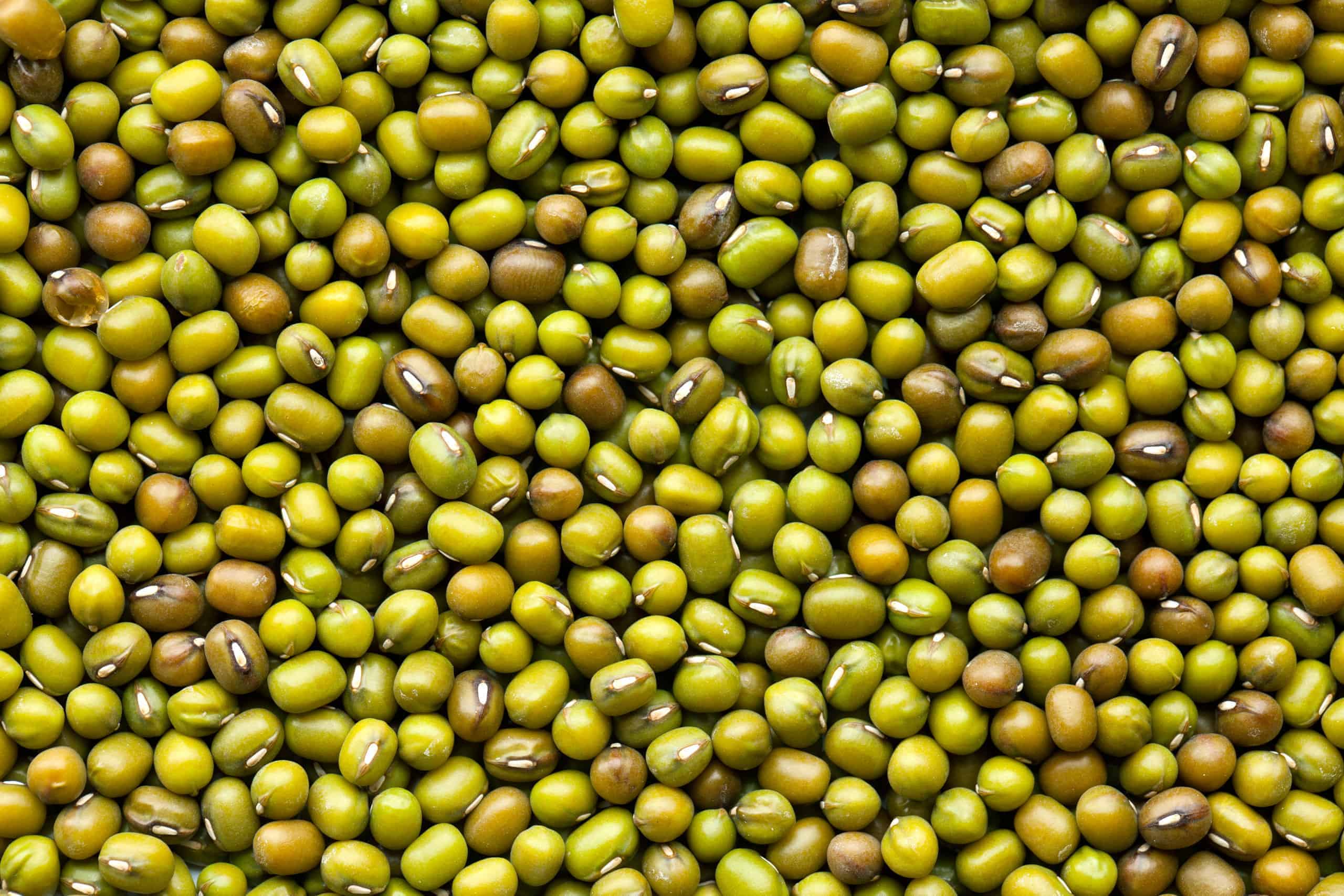Sustainable and Beneficial: The Case for Mung Bean Legumes

Mung beans have been a essential in many diets around the world for a long time, but their appeal is on the rise as more people seek healthy and responsible food options. These little pulse crops are not only loaded with important vitamins and minerals but also offer many health benefits that make them an fantastic addition to a balanced diet. As we become more aware of the impact our food choices have on both our health and the ecosystem, the case for including mung beans into our meals grows more compelling.
One of the most persuasive reasons to adopt mung beans is their noteworthy nutrient profile. Rich in nourishing protein, fiber, and antioxidants, these legumes support general well-being while being low in calories. Furthermore, mung beans are an green choice, requiring minimal water and resources to cultivate compared to many other plants. As interest for nutritious food options grows, mung bean factories are developing to meet this demand, paving the way for a more sustainable future while ensuring that tasty and healthy mung bean products are readily on hand.
Nutritional Benefits of Mung Bean
Mung beans are a powerhouse of nutrition, providing a rich source of essential vitamins and minerals. They are especially high in proteins, making them an ideal plant-based option for vegan eaters and those who avoid animal products seeking to boost their protein consumption intake. In addition to protein, mung beans are also packed with key nutrients such as potassium, magnesium, and folate, which are essential for good health.
One of the notable attributes of mung beans is their high fiber content. This fiber not only aids in digestion but also helps control glucose levels, making mung beans a wise choice for those controlling their body weight or dealing with diabetes. The dissolvable fiber found in mung beans can also promote a well-balanced gut microbiome, contributing to improved overall digestive health.
Mung beans are low in calories and contain free radical scavengers that can combat inflammatory responses and lower the risk of chronic diseases. Their capacity to pack such a nutritional punch in a small serving makes them an optimal choice for anyone looking to improve their nutritional regimen with healthy, eco-friendly options. Incorporating mung beans into dishes is a simple way to increase nutritional intake while enjoying varied flavors.
Environmental Impact of Mung Bean Cultivation
Green grams are recognized for their minimal environmental footprint relative to many other plants. They require considerably less water, making them an perfect option in regions where water scarcity is a concern. Additionally, these plants are often cultivated in rotation with other crops, which can help boost soil fertility and reduce the dependency on artificial nutrients. By diversifying planting patterns, farmers can promote biodiversity and sustain a more balanced ecosystem.
The growing of mung beans also contributes to reducing carbon emissions. As a type of legume, mung beans have the built-in ability to fix nitrogen in the soil. This process not only fertilizes the soil but also lowers the need for synthetic nitrogen fertilizers, which can produce harmful gases into the atmosphere. By supporting sustainable farming techniques, mung bean production can play a critical role in combating climate change and bolstering local agriculture.
Moreover, mung bean producing facilities focused on eco-friendly practices often employ renewable energy in their manufacturing operations. This transition towards green energy not only decreases reliance on fossil fuels but also lowers the overall carbon emission of mung bean production. With increasing consumer interest for responsibly produced food, mung beans are distinguished as a beneficial and environmentally responsible option for both growers and consumers alike.
Advancements in Mung Beans Processing
Latest improvements in mung bean processing have revolutionized how this superfood is prepared and utilized. Several mung bean processing facilities are now incorporating cutting-edge technologies to enhance efficiency and reduce waste. mung bean factory include robotic sorting and grading systems that ensure only the top beans are processed, guaranteeing a superior product for consumers. By reducing human error and boosting speed, these developments are setting new standards in the sector.
Another significant innovation is the creation of sustainable processing methods. Mung bean factories are progressively implementing sustainable practices, such as leveraging solar energy for their operations and installing water recycling systems. These measures not only lower the environmental impact of mung bean production but also cater to a growing base of health-conscious and environmentally aware people. By focusing on sustainability, these facilities are leading to a more sustainable future in food processing.

In supplement to these technological advancements, there has been a rise in the creation of value-added mung bean products. Processing facilities are now manufacturing a variety of items, including mung bean flour, noodles, and vegan protein alternatives. This expansion not only broadens the market for mung beans but also provides individuals with additional options to include their health benefits into regular meals. As these innovations continue to progress, they further reinforce mung beans as a key component in wholesome diets worldwide.
